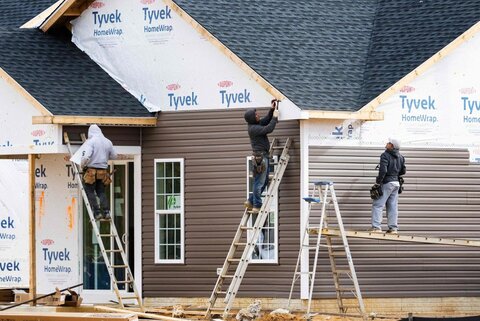Norbert Michel and Jerome Famularo
In September 2024, Senator Tim Scott (R‑SC) introduced a 50-page bill called the Renewing Opportunity in the American Dream to Housing Act of 2025 (the ROAD to Housing Act). In 2025, as chairman of the Senate Banking Committee, he reintroduced the bill after adding 266 pages of policies that he negotiated with his Senate colleagues.
Then, instead of openly negotiating with members of the House of Representatives, Senator Scott and his colleagues passed the ROAD Act as an amendment to the National Defense Authorization Act (NDAA) for Fiscal Year 2026. Members of Congress could have openly debated these issues for months, but instead the senators decided to pressure the House by shoving the ROAD Act into a 3,100-page bill that funds the Department of Defense.
To top things off, many pieces of the ROAD Act continue the (bad) status quo in federal housing policy, and some provisions open the door to federal meddling in state and local housing policy decisions. As we explain in our forthcoming briefing paper, the ROAD Act claims to make housing more affordable, but it’s difficult to see how it could have much of a positive impact.
Among other things, the bill makes minor changes to several Veterans Affairs programs, requires additional oversight of multiple federal regulators, and requires multiple studies. It also expands eligibility for federal grants that have existed for decades and even includes new grants to apply for grants.
Here are just a few examples of what the ROAD Act accomplishes.
Broadens the criteria under which the Department of Housing and Urban Development (HUD) can award grants to HUD-approved (public and private) organizations that provide homeownership and rental counseling, something that HUD has been able to do since the 1960s.
Increases the maximum percentage that banks can invest in low- or moderate-income communities from 15 percent of their capital stock and 15 percent of their surplus to 20 percent (of each category). The threshold was set at 10 percent in 1992.
Allows HUD to give “additional weight” to competitive grant applicants “located in, or that primarily serve” a community designated as an Opportunity Zone, a designation created in 2017. From the time these zones were created, HUD was able to award grants for projects in Opportunity Zones.
With very few exceptions, there’s nothing new here, so there’s no reason to expect results any different than those from the previous 50-plus years of federal housing policy. If Chairman Scott and his Senate colleagues want to make housing more affordable, there are countless federal policies that have distorted housing markets for decades, all of which could be eliminated or improved upon.
At the very least, Americans deserve an open debate on these policies. Instead, their senators have decided to hide these policies in a proverbial legislative haystack and all but ignore what members of the House have to say. Hopefully, Congress decides to take these policies out of the NDAA and gets to work on housing policy that will actually improve housing markets.












